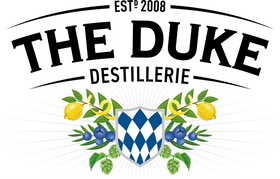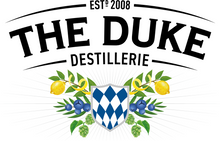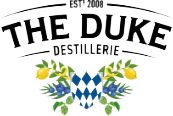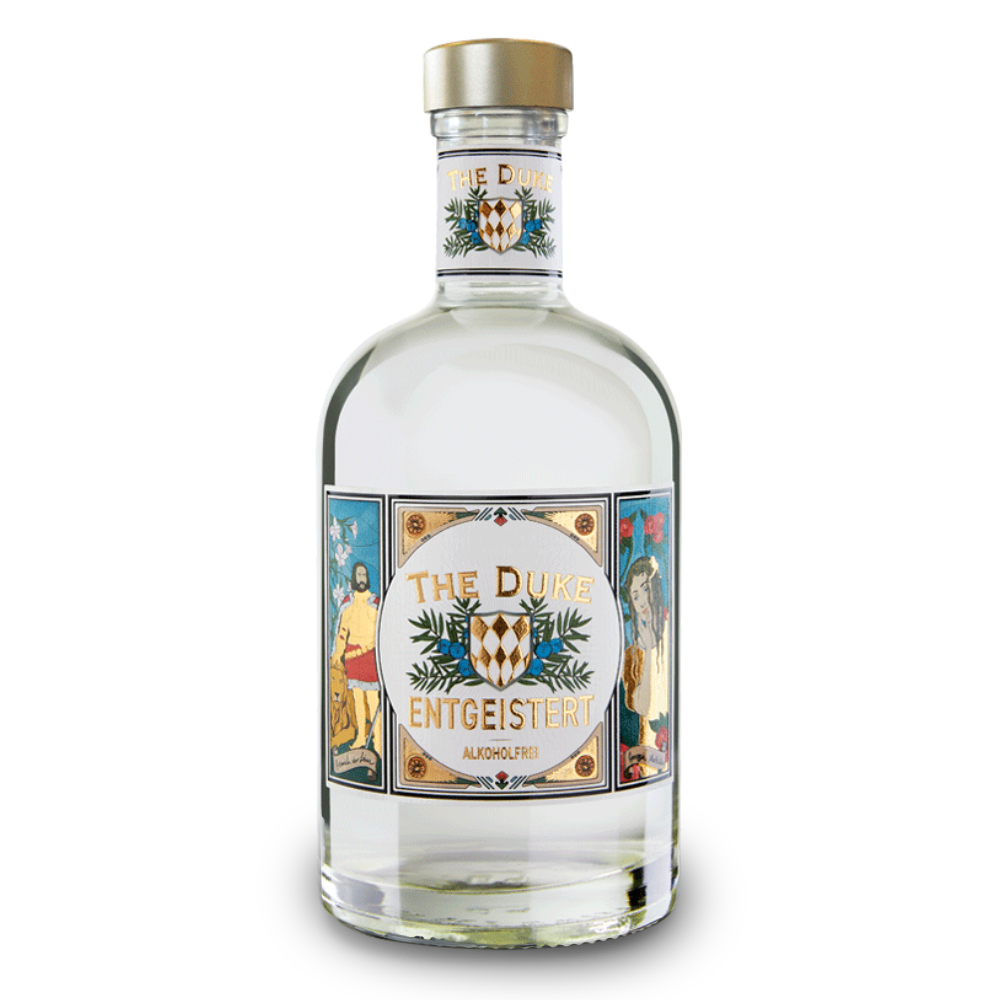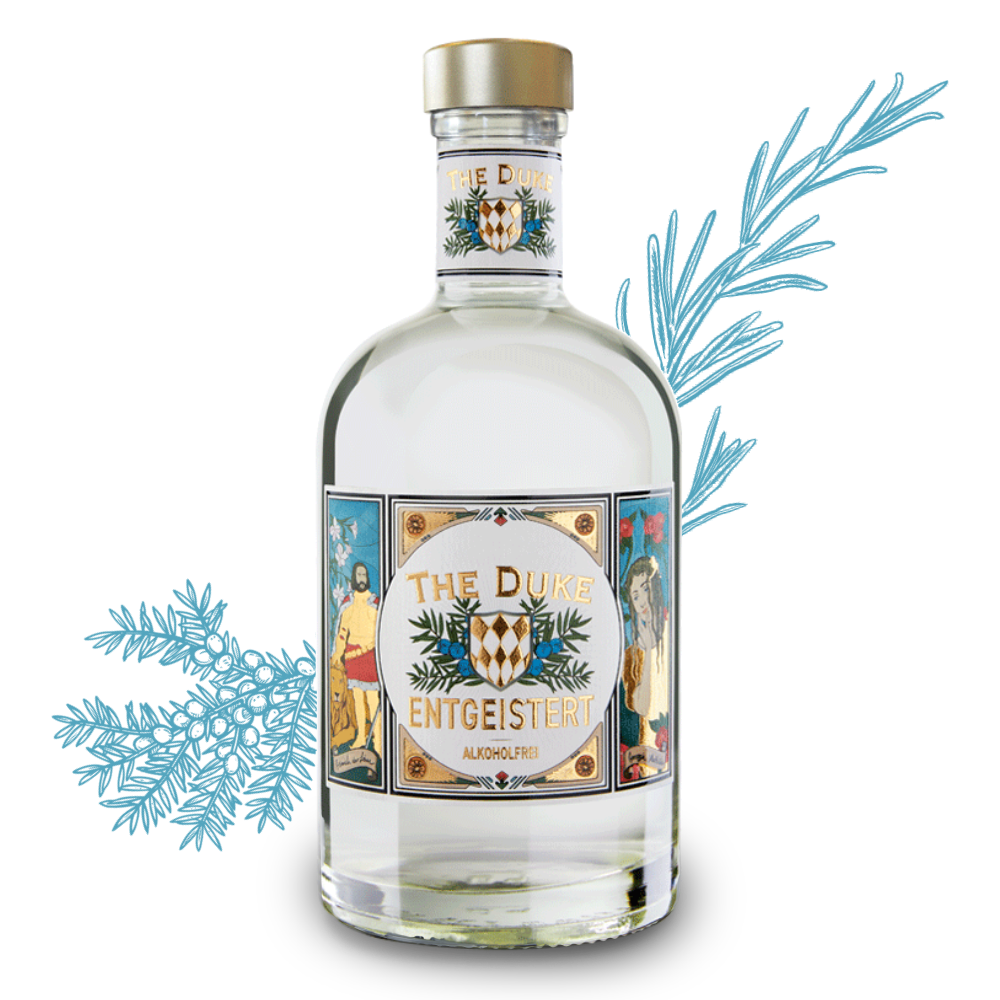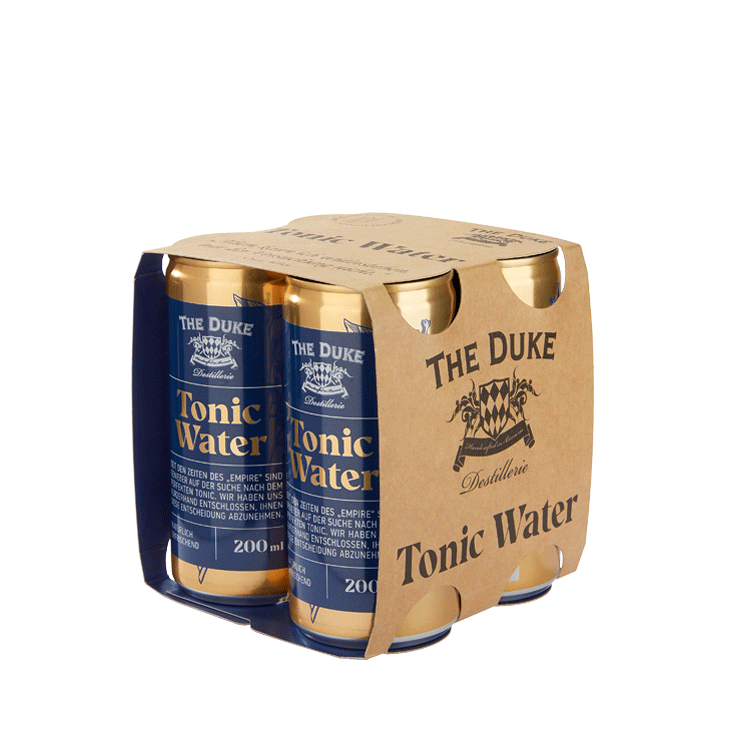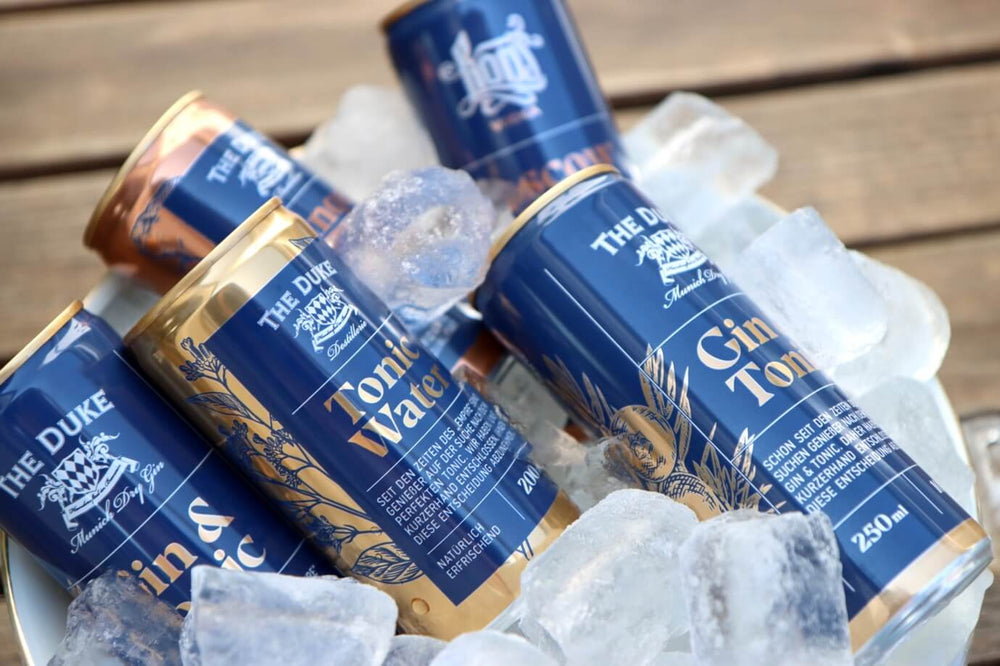When gin experienced a renaissance a few years ago, the market literally exploded. You can now find a considerable number of interesting gins on the shelves of well-stocked retailers and at the bars. Each bottle is designed more creatively than the other and the labels are also in competition for the attention of gin lovers and those who are curious. With this GINtastic selection, it's hard to keep track and know the exact differences between the different types of gin.
But let's start from the beginning! What exactly is gin? The EU Spirits Regulation states that gin is a “juniper-flavored spirit” “obtained by flavoring ethyl alcohol of agricultural origin […]”. The minimum alcohol content of gin is 37.5% vol.
So far so good. But what does Old Tom mean, for example? Does London Dry Gin really come from London? And why is sloe gin red? We have summarized the most important types of gin for you:
Official gin varieties
Three types of gin are described in the EU spirits regulation. We will introduce these to you first.
1. London Dry Gin

London Dry Gin or London Gin is one of the most common types of gin. The name does not describe the origin of the gin, as one might assume, but rather how it is made. The base is ethyl alcohol of agricultural origin, which is flavored with natural ingredients These ingredients are added to the alcohol at the same time zugesetzt (maceration). Anschließend findet mindestens eine At least one distillation of the macerate then takes place. No additional flavorings or other ingredients may be added afterwards.In addition, the sugar content of a London Dry Gin must not exceed the limit of 0.1 grams.
2. Dry Gin
A dry gin is very similar to the London dry gin. The crucial difference, however, is that the ingredients of a dry gin can be added at different times. In addition to natural ingredients, “nature-identical” colors and flavors can also be used, which is strictly forbidden in a London Dry Gin. Here, too, it is not allowed to sweeten the gin afterwards.
3. Sloe Gin

The term “Sloe Gin” can be found in the EU Spirits Regulations under the liqueurs. Sloe Gin is not distilled; Instead, the berries of the blackthorn (sloe) are marinated in distilled gin together with sugar (maceration) - hence the typical red color.
Unofficial gin varieties
In addition to the 3 types of gin presented, there are several that are not stipulated in the EU spirits regulations, but have already established themselves internationally.
4. Old Tom Gin

Old Tom is one of the most original types of gin. At the time of the “Gin Craze” in England, the quality of most gins left a lot to be desired. Gin was mostly bitter and sometimes barely edible. . was added to it . As dry gin began its triumphant march, Old Tom Gin was increasingly forgotten. Today, however, there are again some gin manufacturers who have an Old Tom in their range.
5. New Western Dry Gin
Traditionally, the juniper aroma is the main focus of gin. However, New Western Dry Gins are characterized by the fact that they push the Aromaaroma of juniper berries into the background and emphasize other botanicals. Numerous new flavor creations are being created that may appeal to people who are not juniper fans.
6. Genever

Genever is a juniper schnapps of Dutch or Belgian origin and is the direct predecessor of gin. Even today it is still made according to the original recipe from 1575 and is drunk primarily in the Netherlands and Belgium. The difference between Genever and Gin lies in the production: Grain mash, also known as “malt wine”, is used as the basis for Genever production. After a long storage period, a distillate is added to the mash. Juniper berries, but also caraway, anise and coriander are used to flavor the distillate.
Geographical gin names
7. Plymouth Gin
Unlike the term “London Gin”, “Plymouth Gin” indicates the origin of the gin. Plymouth Gin is made in the southern English city of Plymouth. This term was protected until 2015, but it is no longer protected. Today there is only one distillery in the city that produces gin.
8. Munich Dry Gin

When the founders ofTHE DUKE Destillerie Max and Daniel introduced their first gin in 2008, the 850th anniversary of their hometown Munich was being celebrated. Since the two of them are very interested in history and have a connection to their homeland, they were inspired to name and logo design their gin. The city's founder, Duke Heinrich the Lion, served as the distillery's namesake; the label is decorated with a Bavarian coat of arms surrounded by juniper and the gin was given the name Munich Dry Gin. This name is not protected.
Here you can find more information about the production of our gins and you can order our three gin varieties in ou Onlineshop
